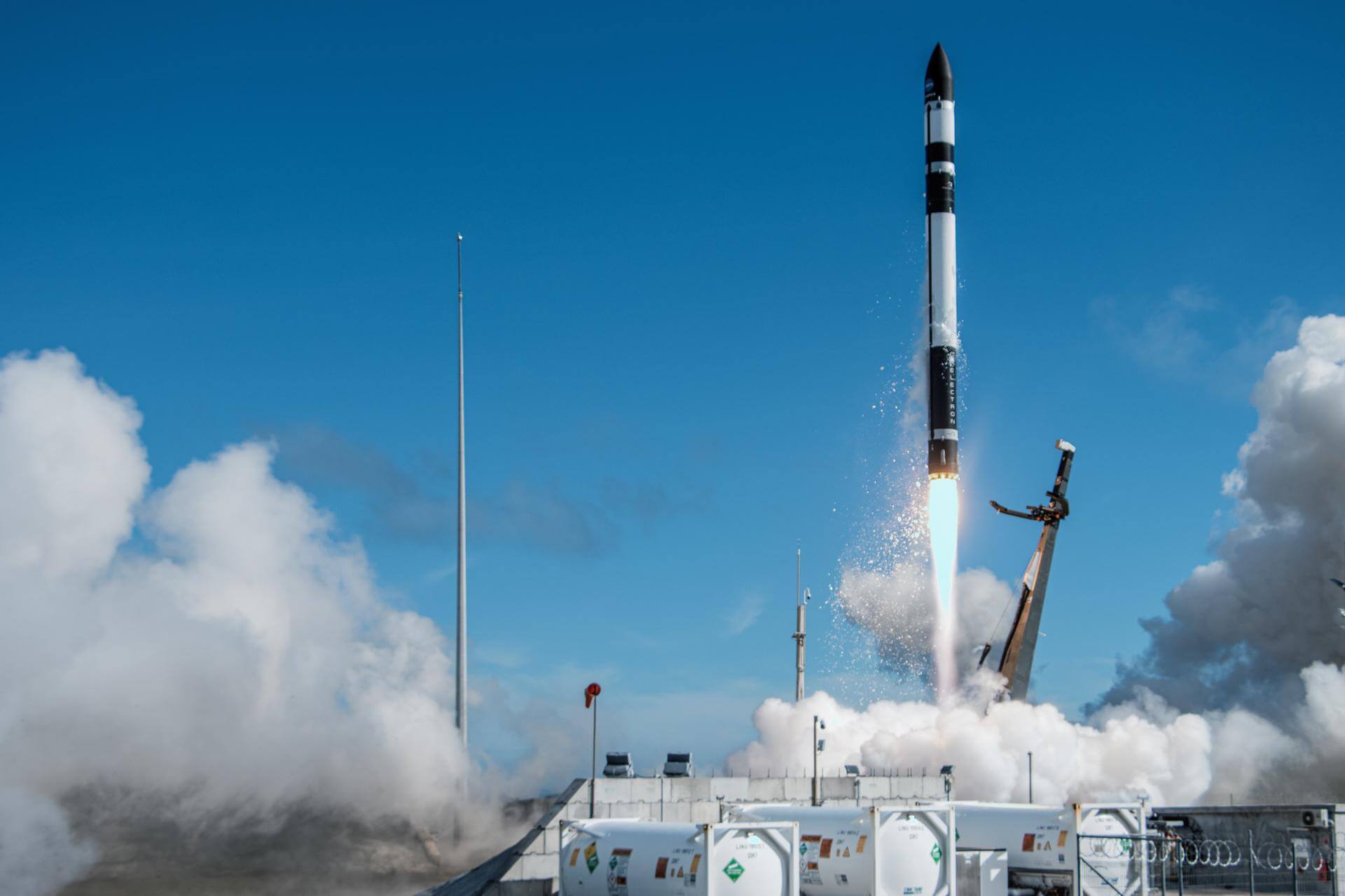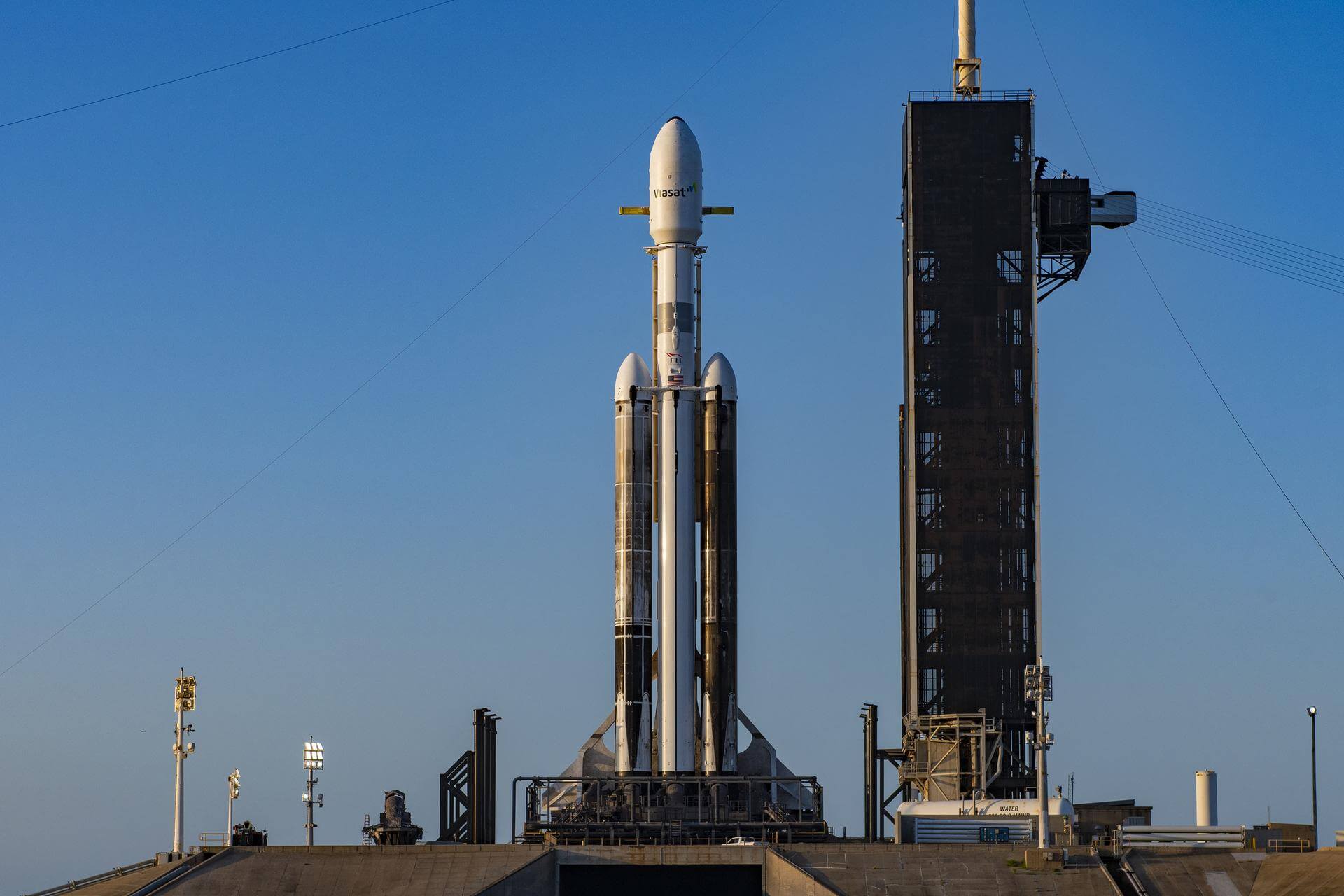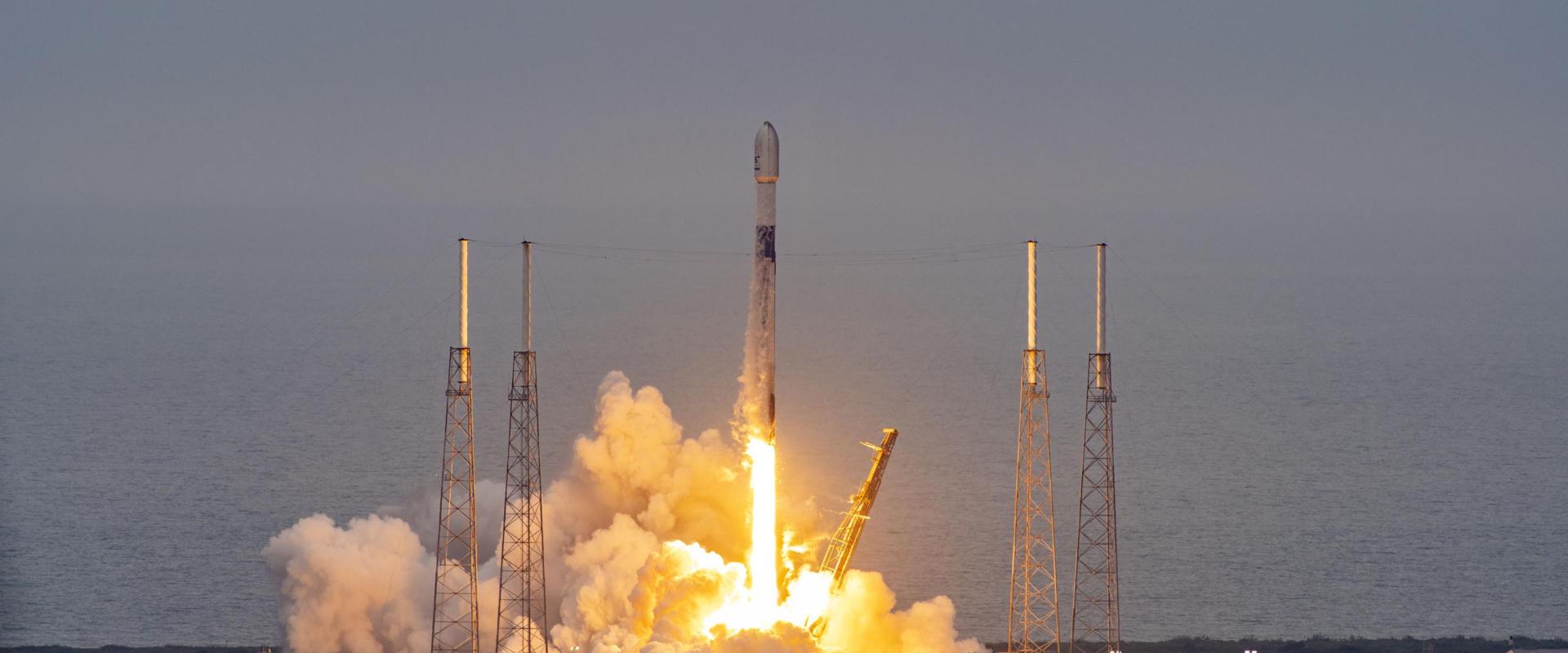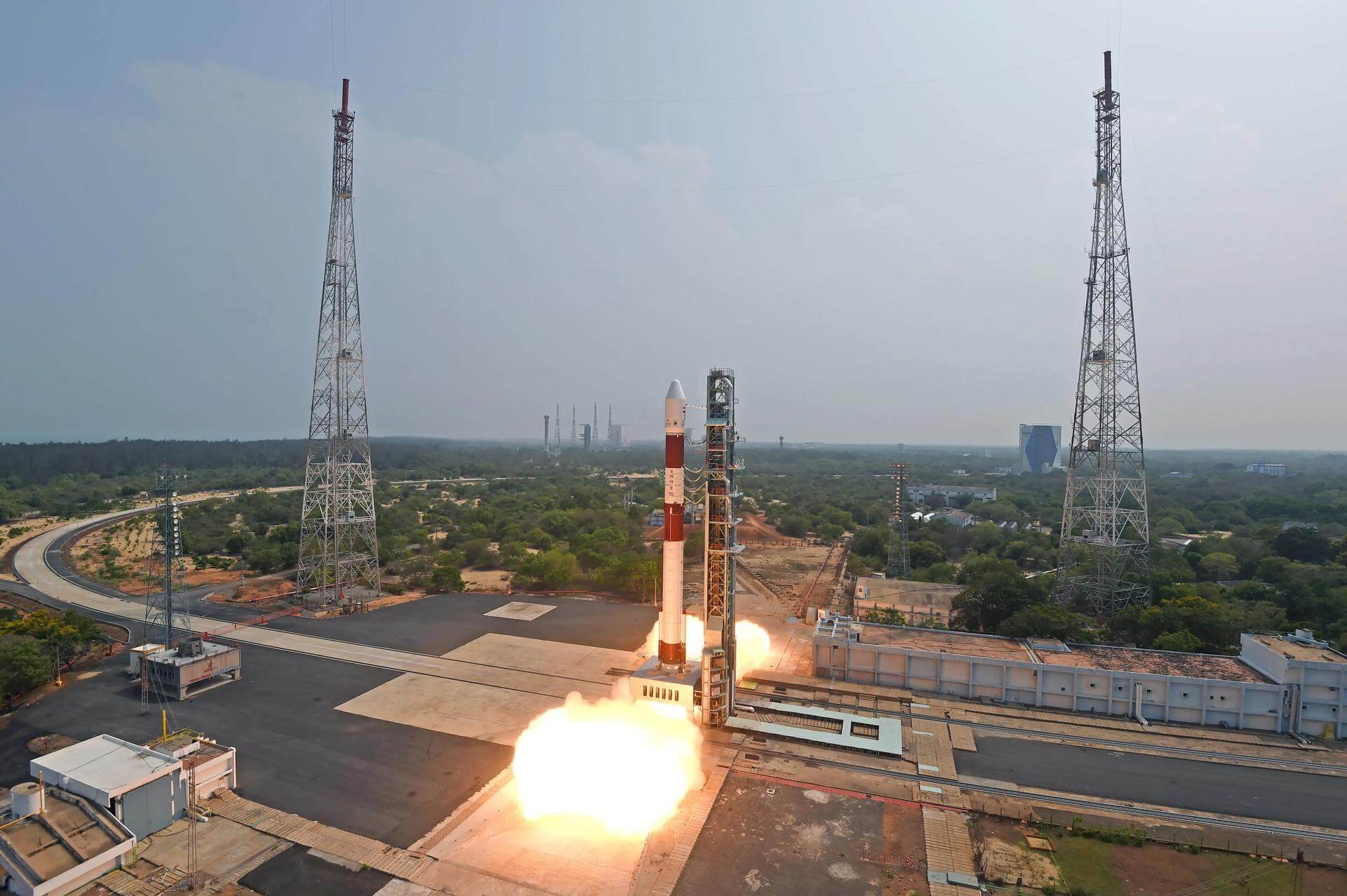Previous Spaceflight Launches
Filter by Agency, Locations or Vehicles
Show All LaunchesElectron | Rocket Like A Hurricane (TROPICS-2)
Rocket Lab | United States of AmericaRocket Lab Launch Complex 1, Mahia Peninsula, New Zealand
May 8, 2023, 1 a.m.
Status: Launch Successful
Mission:
Third and fourth operational (TROPICS-04 & TROPICS-05) satellites for NASA's Time-Resolved Observations of Precipitation Structure and Storm Intensity with a Constellation of SmallSats (TROPICS) mission. The CubeSats are designed to provide rapid-refresh microwave measurements that can be used to determine temperature, pressure, and humidity inside hurricanes as they form and evolve.
Low Earth Orbit 36 - Maiden Flight South PacificFalcon 9 Block 5 | Starlink Group 5-6
SpaceX | United States of AmericaCape Canaveral SFS, FL, USA
May 4, 2023, 7:31 a.m.
Falcon Heavy | ViaSat-3 F1 (ViaSat-3 Americas) & others
SpaceX | United States of AmericaKennedy Space Center, FL, USA
May 1, 2023, 12:26 a.m.
Status: Launch Successful
Mission:
The ViaSat-3 is a series of three Ka-band satellites is expected to provide vastly superior capabilities in terms of service speed and flexibility for a satellite platform. Each ViaSat-3 class satellite is expected to deliver more than 1-Terabit per second of network capacity, and to leverage high levels of flexibility to dynamically direct capacity to where customers are located. Also onboard this mission is Astranis's first MicroGEO satellite and Gravity Space’s GS-1 satellite.
Geostationary Orbit B1052 - Flight Proven ( ) Atlantic Ocean B1053 - Flight Proven ( ) Atlantic Ocean B1068 - Maiden Flight Atlantic OceanFalcon 9 Block 5 | O3b mPower 3 & 4
SpaceX | United States of AmericaCape Canaveral SFS, FL, USA
April 28, 2023, 10:12 p.m.
Falcon 9 Block 5 | Starlink Group 3-5
SpaceX | United States of AmericaVandenberg SFB, CA, USA
April 27, 2023, 1:40 p.m.
SpaceShipTwo | VSS Unity 24
Virgin Galactic | United States of AmericaAir launch to Suborbital flight
April 26, 2023, 1:47 p.m.
PSLV-CA | TeLEOS-2
Indian Space Research Organization | IndiaSatish Dhawan Space Centre, India
April 22, 2023, 8:50 a.m.
Status: Launch Successful
Mission:
TeLEOS-2 is a Singaporean Earth Observation satellite built by ST Electronics (Satellite Systems). It carries a made-in-Singapore Synthetic Aperture Radar (SAR) capable of providing 1 m resolution data. It will be equipped with a 500 GB onboard recorder for recording the data captured and a high speed 800 Mbps downlink.
Low Earth OrbitStarship | Integrated Flight Test
SpaceX | United States of AmericaSpaceX Starbase, TX, USA
April 20, 2023, 1:33 p.m.
Status: Launch Failure
Mission:
Maiden flight of the two-stage Starship launch vehicle. The booster was supposed to separate 170 seconds into flight and return to land approximately 32 km off the shore in the Gulf of Mexico. The second stage would have followed a suborbital trajectory and performed an unpowered splashdown approximately 100 km off the northwest coast of Kauai (Hawaii). A launch failure was experienced before stage separation.
Suborbital Booster 7 - Maiden Flight Gulf of MexicoFalcon 9 Block 5 | Starlink Group 6-2
SpaceX | United States of AmericaCape Canaveral SFS, FL, USA
April 19, 2023, 2:31 p.m.
Long March 4B | Fengyun-3G
China Aerospace Science and Technology Corporation | ChinaJiuquan Satellite Launch Center, People's Republic of China
April 16, 2023, 1:36 a.m.









